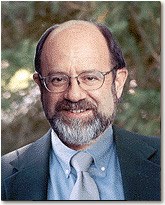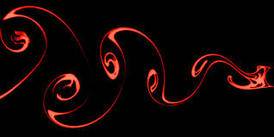Professor Gary Schwartz on Reconnective Healing®

Gary E. Schwartz, Ph.D., is Professor of Psychology, Medicine, Neurology, Psychiatry, and Surgery at the University of Arizona, at the main campus in Tucson. In addition to teaching courses on health and spiritual psychology, he is the Director of the Laboratory for Advances in Consciousness and Health. He is the author of 450 scientific papers as well as eleven academic books, including "The Living Energy Universe" and "The Energy Healing Experiments".
In September 2002 he received a $1.8 million dollars award from the National Center on Complementary and Alternative Medicine of the National Institutes of Health to create a Center for Frontier Medicine in Biofield Science at the University of Arizona, which he directed for four years.
In September 2002 he received a $1.8 million dollars award from the National Center on Complementary and Alternative Medicine of the National Institutes of Health to create a Center for Frontier Medicine in Biofield Science at the University of Arizona, which he directed for four years.

The Human Energy Systems Laboratory, which Gary Schwartz previously directed, conducted four carefully designed, controlled experiments to determine whether Reconnective Healing® energy was something basic science in the laboratory could validate. In the studies, Eric Pearl and two of his students served as energy senders while volunteers acted as receivers. The first test showed that blindfolded subjects could detect the energy up to 83 percent of the time. The second test showed that the energy functions like an electromagnetic signal, Schwartz reported. The third test showed that the sender’s heart wave, measured by electrocardiogram (EKG) imprints itself on the receiver’s brainwave, measured by electroencephalogram (EEG), particularly when the sender intends to send the energy.
“Most significant in this third experiment,” Schwartz says, “is that whether or not the receiver was consciously aware of the energy, the EKG imprinted just the same, so there is unconscious energy detection that can be recorded electromagnetically.” The fourth experiment recorded the brainwaves and eye movements of 30 subjects under three different conditions. The lab is still analyzing data from the fourth experiment.
“Most significant in this third experiment,” Schwartz says, “is that whether or not the receiver was consciously aware of the energy, the EKG imprinted just the same, so there is unconscious energy detection that can be recorded electromagnetically.” The fourth experiment recorded the brainwaves and eye movements of 30 subjects under three different conditions. The lab is still analyzing data from the fourth experiment.
